Whooping cough is an acute infectious respiratory tract disease. It is a bacterial inflammation of the trachea and bronchi caused by the pertussis bacilli (Bortedella pertussis). Whooping cough is most dangerous for newborns, small infants, and older people. You can get sick at any age and suffer from the disease several times in your life.
The causes of whooping cough are the bacteria Bordetella pertussis, also known as pertussis bacilli. These pathogens spread through droplets. The source of infection is only a sick person (both with full-blown and mild forms of the disease) who, when coughing, “throws out” secretions containing pertussis bacilli. It is most contagious within three weeks of symptoms appearing, although the patient may be contagious for up to 4 to 5 weeks.
The source of pertussis infection are patients – children with the full-blown disease, adolescents, and adults in whom the disease may be mild and non-specific or with few symptoms. The greatest contagiousness occurs in the first two weeks of the condition and lasts 3–4 weeks, with appropriate antibiotic therapy shortening the contagiousness to 5 days.
Importantly, there is no carrier state of pertussis bacilli, so you cannot get infected from healthy people. Infection is transmitted through droplets (coughing, sneezing, talking) and direct contact, although in this case, the contagiousness is much lower.
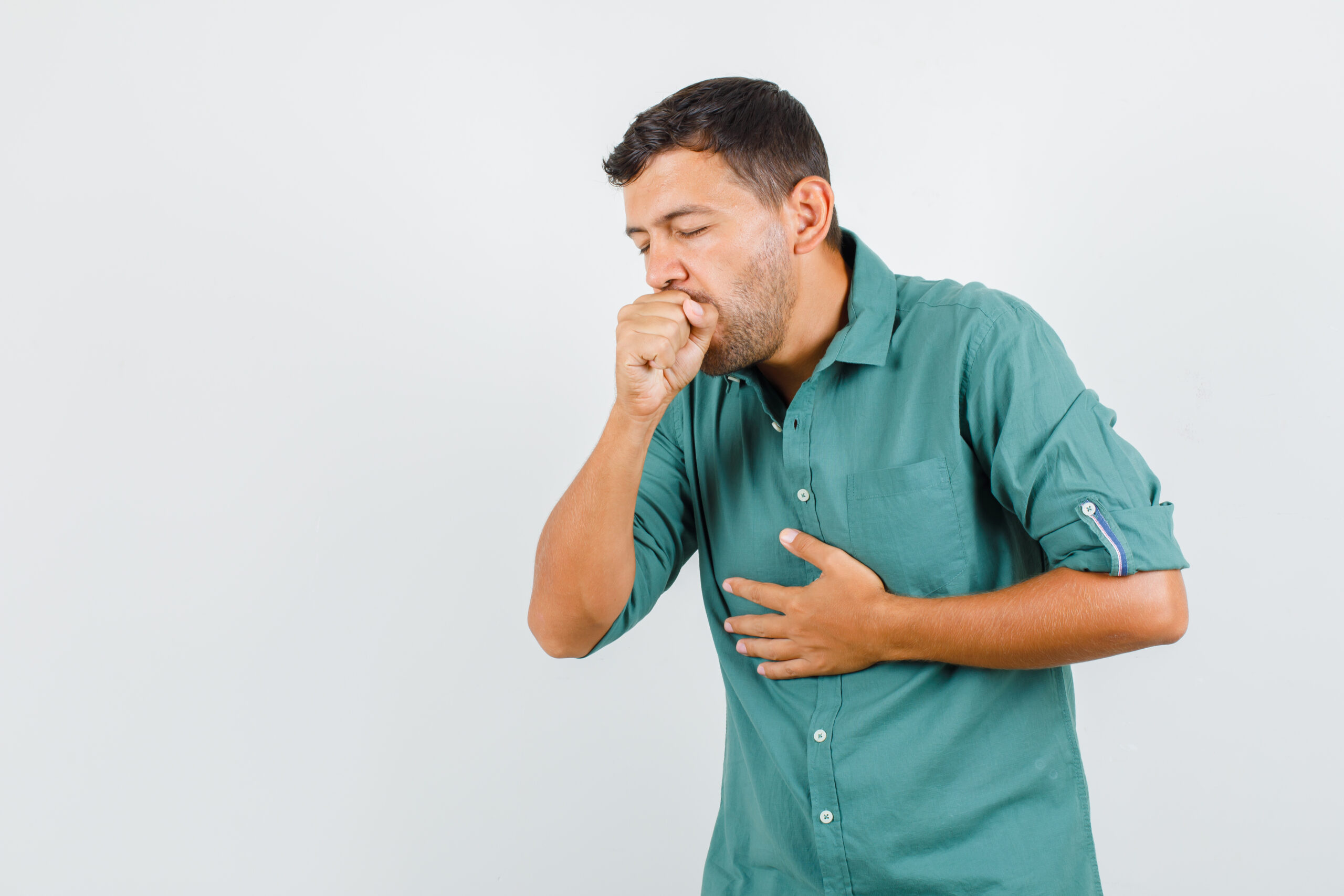
There are three typical phases in the course of whooping cough.
Cold-like symptoms, such as dry cough, pharyngitis, coughing, and low-grade fever, dominate the catarrhal phase of whooping cough. The catarrhal phase may last up to 2 weeks. Although appropriate antibiotic therapy can stop the development of the disease at this stage, the symptoms are practically indistinguishable from a common cold.
In the paroxysmal cough phase![]() the patient suffers from long-lasting, extremely bothersome coughing attacks, which, especially in small children, end with a characteristic whistling sound resembling foaming upon inhalation, vomiting, and even apnea; intense and bothersome coughing attacks contribute to apathy and weakness, this phase lasts for the next 4-6 or even 8 weeks. Importantly, administering an antibiotic at this stage reduces contagiousness but does not shorten the duration of the disease or significantly alleviate coughing attacks.
the patient suffers from long-lasting, extremely bothersome coughing attacks, which, especially in small children, end with a characteristic whistling sound resembling foaming upon inhalation, vomiting, and even apnea; intense and bothersome coughing attacks contribute to apathy and weakness, this phase lasts for the next 4-6 or even 8 weeks. Importantly, administering an antibiotic at this stage reduces contagiousness but does not shorten the duration of the disease or significantly alleviate coughing attacks.
The recovery phase![]() lasts for the next 2 to 4 weeks; the coughing attacks gradually lose their intensity, occur less frequently, and are more often provoked by external factors such as stress, moisture, or temperature changes.
lasts for the next 2 to 4 weeks; the coughing attacks gradually lose their intensity, occur less frequently, and are more often provoked by external factors such as stress, moisture, or temperature changes.
As mentioned, the course of whooping cough is divided into three periods: catarrh, paroxysmal cough, and healing. The catarrhal period lasts about two weeks. Symptoms include rhinitis (runny nose), dry cough occurring day and night, low-grade fever, and sometimes conjunctivitis.
The next stage of the disease, the period of paroxysmal cough, is associated with the action of bacterial toxins and the secretion of sticky, thick mucus. Older children experience severe coughing attacks, which occur mainly at night. During a coughing attack, facial redness, tongue protrusion, shortness of breath, apnea with or without facial bruising, and involuntary urination or defecation may occur. Coughing attacks end with characteristic crowing and vomiting. After that, the patient is exhausted. Some patients experience conjunctival hemorrhages and facial ecchymoses.
Whooping cough in infants and young children![]() is more severe than in older children. In the youngest children, cough may not occur. Instead of coughing, you may experience sneezing, tearing, attacks of difficulty breathing (shortness of breath), and apnea. In adults, prolonged cough requires a diagnosis of whooping cough.
is more severe than in older children. In the youngest children, cough may not occur. Instead of coughing, you may experience sneezing, tearing, attacks of difficulty breathing (shortness of breath), and apnea. In adults, prolonged cough requires a diagnosis of whooping cough.
During the convalescence period, less severe coughing is observed, but paroxysmal coughing may persist for several months and become more severe during other respiratory infections.
Complications, even deaths![]() , are more common in infants.
, are more common in infants.

Typical symptoms, especially coughing attacks, may raise the suspicion of pertussis infection and lead to the diagnosis![]() of this disease. If the patient has had confirmed contact with an individual suffering from whooping cough (epidemiological criterion and presents typical symptoms: intense, paroxysmal cough, apnea during inspiration, vomiting after coughing attacks (clinical criterion, treatment can be started immediately. In doubtful cases, the suspicion should be confirmed by:
of this disease. If the patient has had confirmed contact with an individual suffering from whooping cough (epidemiological criterion and presents typical symptoms: intense, paroxysmal cough, apnea during inspiration, vomiting after coughing attacks (clinical criterion, treatment can be started immediately. In doubtful cases, the suspicion should be confirmed by:
Complications of whooping cough![]() depend on the age and immunization status of the patient. For infants, whooping cough is a dangerous disease, threatening severe complications and even death.
depend on the age and immunization status of the patient. For infants, whooping cough is a dangerous disease, threatening severe complications and even death.
Typical complications include bacterial pneumonia, usually caused by pneumococcal superinfection and otitis media. Lung damage may occur, e.g., bronchiectasis. The most dangerous complication is pertussis brain damage (encephalopathy), which manifests itself in seizures, impaired consciousness, paresis, and damage to cranial nerves and leads to permanent disability. In adults, especially the elderly, common complications of whooping cough are sleep disturbances caused by chronic cough, urinary incontinence, weight loss, inguinal hernia, and rarely even rib fractures or brain bleeding (stroke).
Many older people develop pneumonia as a complication of whooping cough. Chronic course exhausts the patient and causes sleep disorders. Adults with underlying health conditions are at increased risk of severe whooping cough. Risk factors for a tough course of the disease include obesity, smoking, asthma, diabetes, COPD, heart disease, and kidney disease. This happens because chronically ill people have lower titers of specific antibodies. The risk of complications and death is also higher in elderly patients – fatal intracranial bleeding has been reported in them.
Suspected whooping cough requires medical consultation. The doctor will plan the course of diagnosis and treatment and appropriately interpret the test results.
After the pandemic, whooping cough may be confused with COVID-19![]() , as these diseases have similar symptoms. However, there are also fundamental differences between them.
, as these diseases have similar symptoms. However, there are also fundamental differences between them.
The main feature that makes both infections similar is cough. Whooping cough can be intense, bothersome, and last for at least two weeks. The pathogen that causes whooping cough produces toxins, the strongest of which is the so-called pertussis toxin.
It causes necrosis of the respiratory epithelium and, consequently, the secretion and retention of thick mucus, which causes coughing and breathing difficulties with a characteristic ‘crowing'. Recurrent, sharp, and severe cough is typical for children, but it is chronic and tiring in adults, so there is a greater risk of missing or making a mistake in differentiating its causes.
Whooping cough is a bacterial disease, and COVID-19 is a viral infection. In the SARS-CoV-2 virus, cough can also be a symptom; it can persist and worsen, but it can also cause shortness of breath. Moreover, most cases of coronavirus infection result in a fever, which is absent in the case of whooping cough.
The basis for diagnosing pertussis is a medical interview – the doctor will ask about the symptoms of the disease and vaccinations against pertussis (if they are up to date, the manifestation indicates another condition). A doctor's trained ear can recognize whooping cough by the typical nature of the cough in young children.
In adults, it may be more challenging and requires additional tests because there may be many causes of chronic cough, e.g., smoking. However, to assess whether the cough is caused by whooping cough or is a symptom of COVID-19, it is worth performing one more test.
A positive PCR test result, taken from a swab taken from the patient through the nostrils from the back of the throat, helps to make the final diagnosis because whooping cough bacilli live between the nasal cavity and the throat. Other methods can also be used, e.g., culturing pertussis bacilli on a specific medium or testing the level of antibodies in the blood.
Additionally, we need to differentiate between whooping cough and influenza![]() (flu).
(flu).
In the initial stage, whooping cough is indistinguishable from viral infections of the upper respiratory tract. If there are no typical coughing fits (ending with wheezing or vomiting), pertussis is usually not suspected. Moreover, the clinical picture of whooping cough in adolescents and adults may be much milder than the classic picture that existed in the past, before the era of universal vaccinations in infants. Whooping cough in adolescents and adults may present as a chronic cough without other symptoms, chronic inflammation of the upper respiratory tract with a mild cough, bronchitis with a persistent and tiring cough, or rarely as pneumonia. Coughing attacks may recur during colds or under the influence of irritating factors.
Influenza, in turn, is usually characterized by high fever, cough, and other symptoms such as muscle pain, joint pain, headaches, and malaise. Symptoms are acute but relatively short-lived – the flu usually subsides after 7-10 days.
Whooping cough is chronic and lasts about 3 months (called “the cough of 100 days”![]() ). Laboratory diagnosis of whooping cough, which involves serological tests, is readily available.
). Laboratory diagnosis of whooping cough, which involves serological tests, is readily available.
Because whooping cough is bacterial, one effective treatment method is antibiotic therapy![]() , usually lasting 14 days. Remember to take your medicines regularly and by your doctor's recommendations – skipping even one dose may make antibiotic therapy ineffective.
, usually lasting 14 days. Remember to take your medicines regularly and by your doctor's recommendations – skipping even one dose may make antibiotic therapy ineffective.
Cough-relieving medications, e.g., in the form of syrup, are used as supportive treatment. You can also inhale home, e.g., with eucalyptus oil, to open the respiratory tract. However, it should be noted that such home remedies can only help alleviate the symptoms but do not have a curative effect.
Continuous bouts of high-intensity coughing may also cause gagging. Therefore, during treatment, especially in the phase of coughing attacks, preparations that stop vomiting may be useful.
During treatment, it is also worth isolating yourself and limiting contact with other people to avoid spreading the infection.
During this period, household members should also be conscientious, strengthen their immunity, and ensure not to use the same dishes or objects. Although intense whooping cough symptoms last about 14 days, the bacteria incubate for almost 1.5 months. Whooping cough infection is particularly dangerous for newborns because their immune systems are weak and undeveloped.

Home treatment of whooping cough can only be supportive and address the symptoms accompanying the disease. Pertussis is a severe infection that carries serious health complications.
Therefore, you cannot ignore it and only treat it with home remedies like warm milk and honey. These methods will help soothe the throat mucosa, but they are not a way to fight the infection. Whooping cough always requires medical consultation and antibiotic therapy.
The fundamental method of preventing whooping cough is vaccination![]() . We vaccinate against whooping cough primarily to reduce the risk of severe whooping cough in infants and young children, for whom it can be a deadly threat. Vaccinations are also necessary to reduce the possibility of infection in infants and the circulation of bacteria in society, especially among people in close contact with young children. Whooping cough in older kids, adults, and older people is often not diagnosed due to unusual symptoms. Therefore, adults who come into contact with unimmunized small children should especially remember about revaccination.
. We vaccinate against whooping cough primarily to reduce the risk of severe whooping cough in infants and young children, for whom it can be a deadly threat. Vaccinations are also necessary to reduce the possibility of infection in infants and the circulation of bacteria in society, especially among people in close contact with young children. Whooping cough in older kids, adults, and older people is often not diagnosed due to unusual symptoms. Therefore, adults who come into contact with unimmunized small children should especially remember about revaccination.
Mandatory vaccinations![]() include:
include:
Vaccinations are also recommended for adults every 10 years, especially for those who will be in contact with infants.
Contraindications to using the pertussis vaccine include anaphylactic reaction following previous vaccination, illness with high fever, allergy to a vaccine component, and severe encephalopathy. In such a situation, the doctor should decide whether the reaction allows for the risk of subsequent vaccination with the same preparation or whether it should be changed, e.g., to a vaccine containing an acellular pertussis component.
Whooping cough may be particularly dangerous for infants and women in the third trimester of pregnancy![]() . For this reason, if they have close contact with a person with whooping cough, they should take a dose of antibiotics as post-exposure prophylaxis. In their case, the risk of complications is so high that protective measures should be initiated regardless of the immunization status.
. For this reason, if they have close contact with a person with whooping cough, they should take a dose of antibiotics as post-exposure prophylaxis. In their case, the risk of complications is so high that protective measures should be initiated regardless of the immunization status.
People with whooping cough must stay at home to prevent the spread of the bacteria. Isolation may end no sooner than five days after starting antibiotic therapy. If no treatment is provided, isolation should be extended to 3 weeks from the onset of coughing attacks. In each case, the doctor decides on the patient's behavior.
Table of Contents
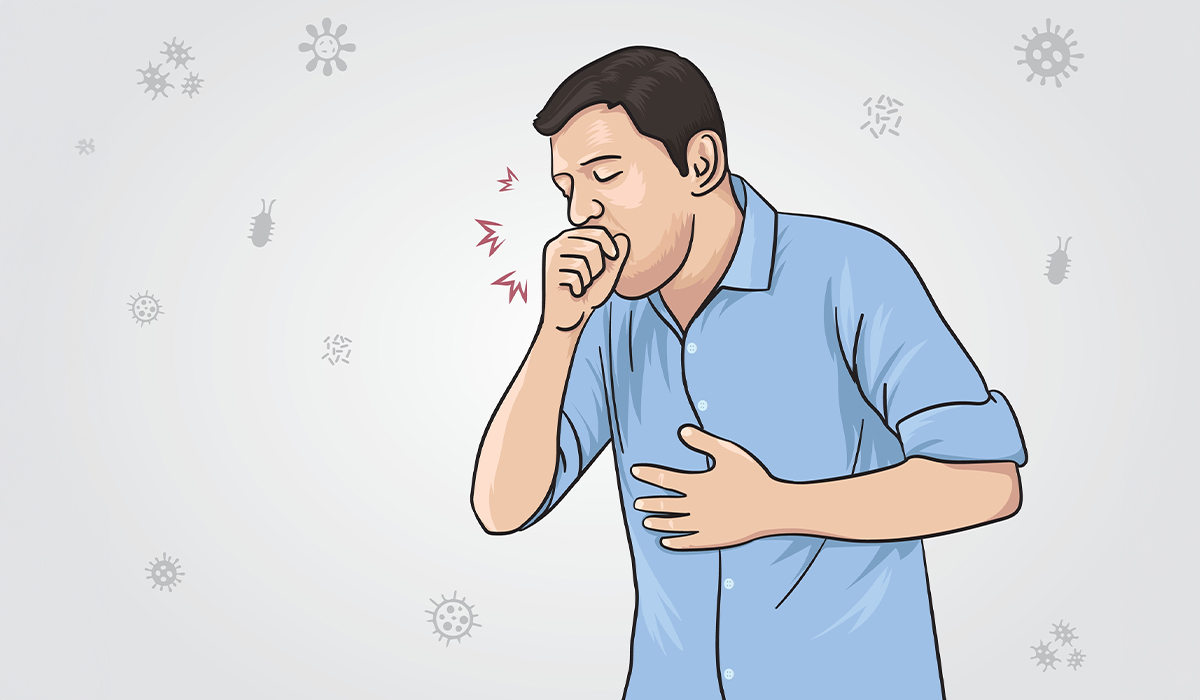
A dry cough is a situation in which the cough does not produce any secretions. What is it a symptom… read more »
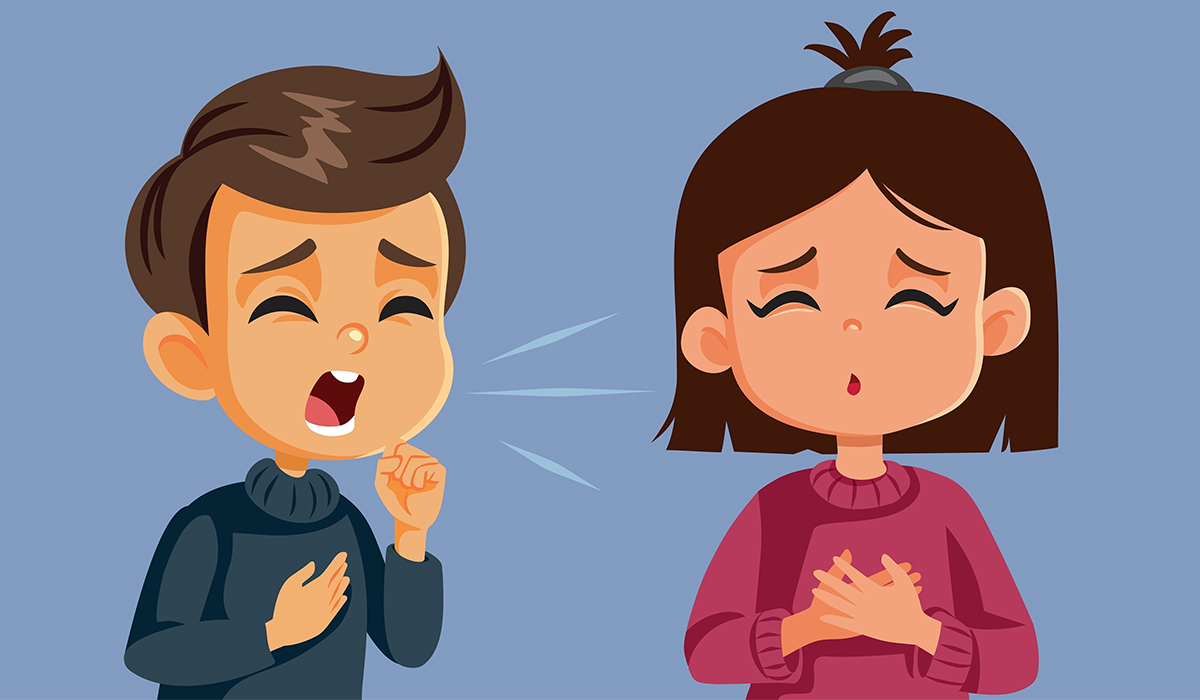
Cough is a natural, necessary reflex that protects the body from factors such as germs and pollens. When it is… read more »
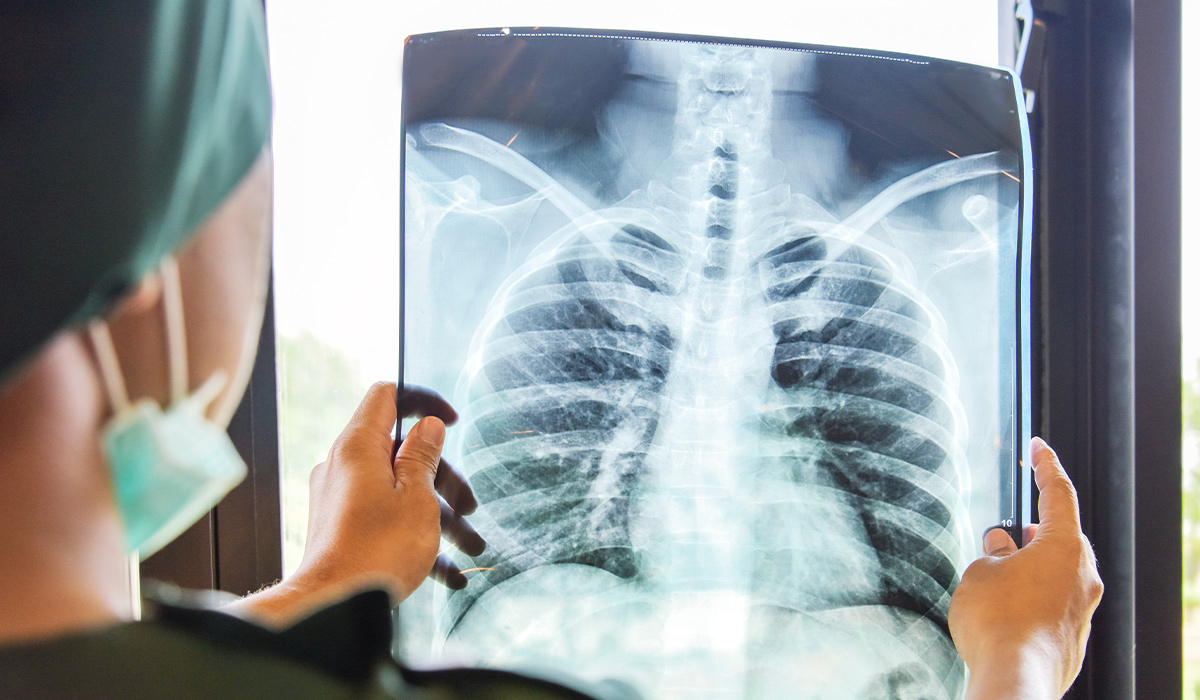
Pneumonia is a disease of the lower part of the respiratory system. It is most often caused by bacteria, but… read more »

The vaccine imitates a natural infection and leads to the development of immunity similar to that obtained during the first… read more »
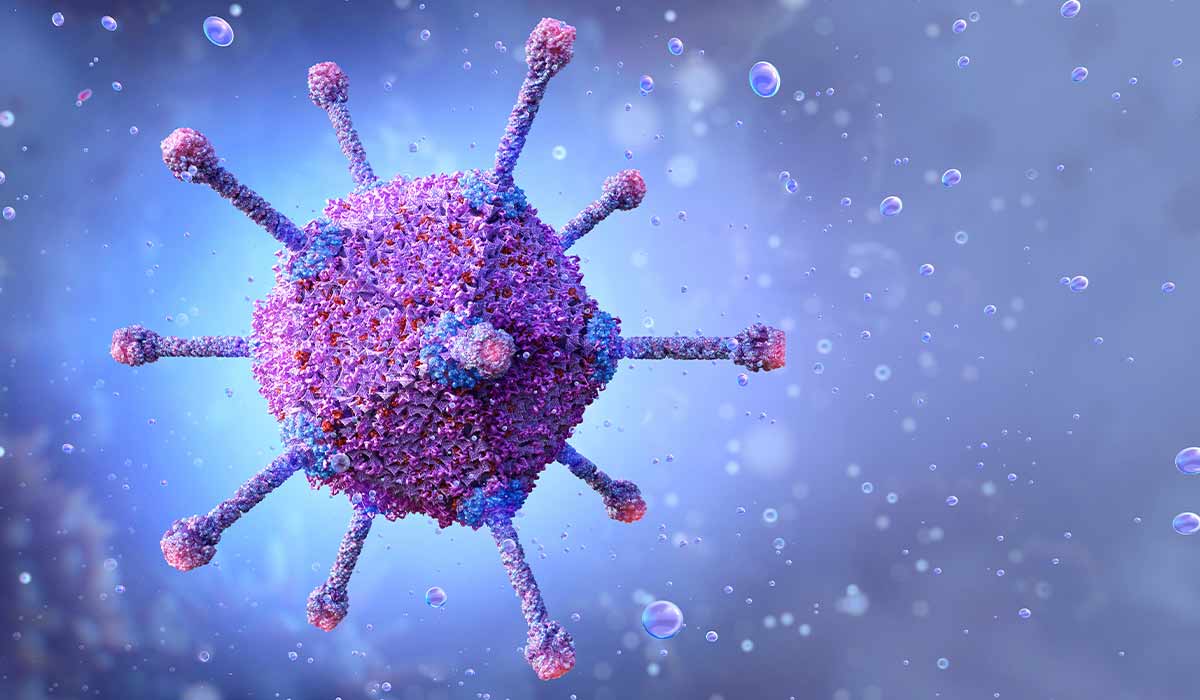
Adenovirus is a pathogen commonly found in the environment. Find out how to recognise adenoviral infections. Learn about treatment and… read more »
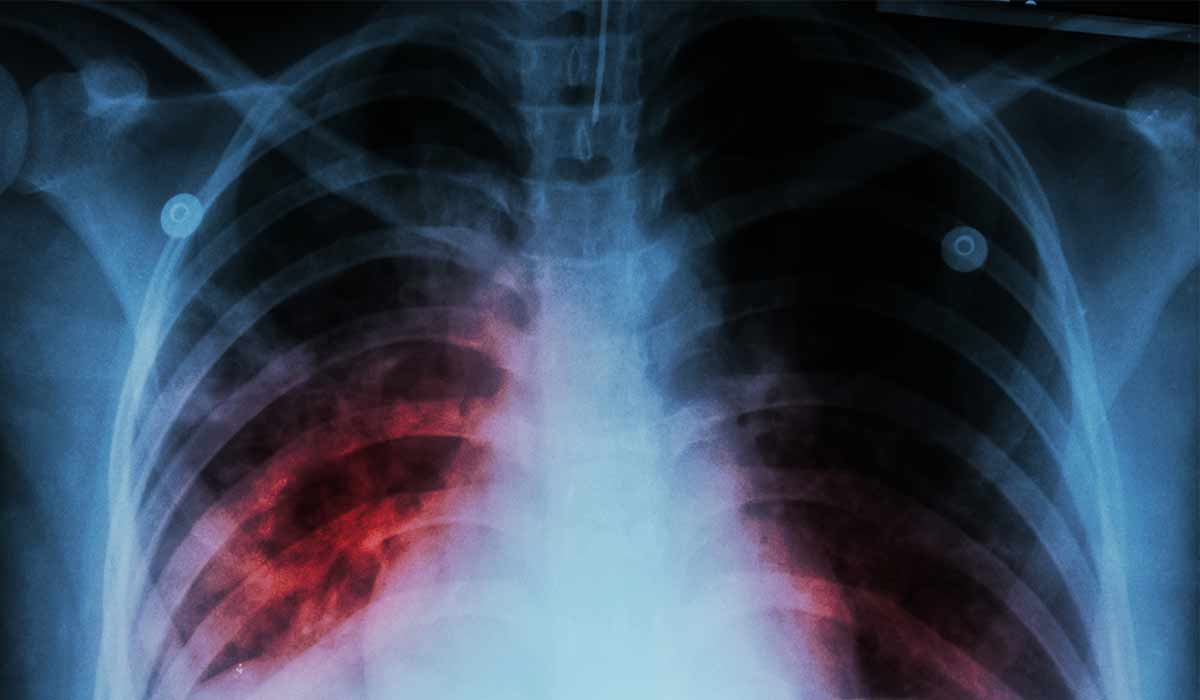
Tuberculosis is an infectious disease caused by mycobacteria. There are many types of tuberculosis with varying symptoms. Learn it all… read more »
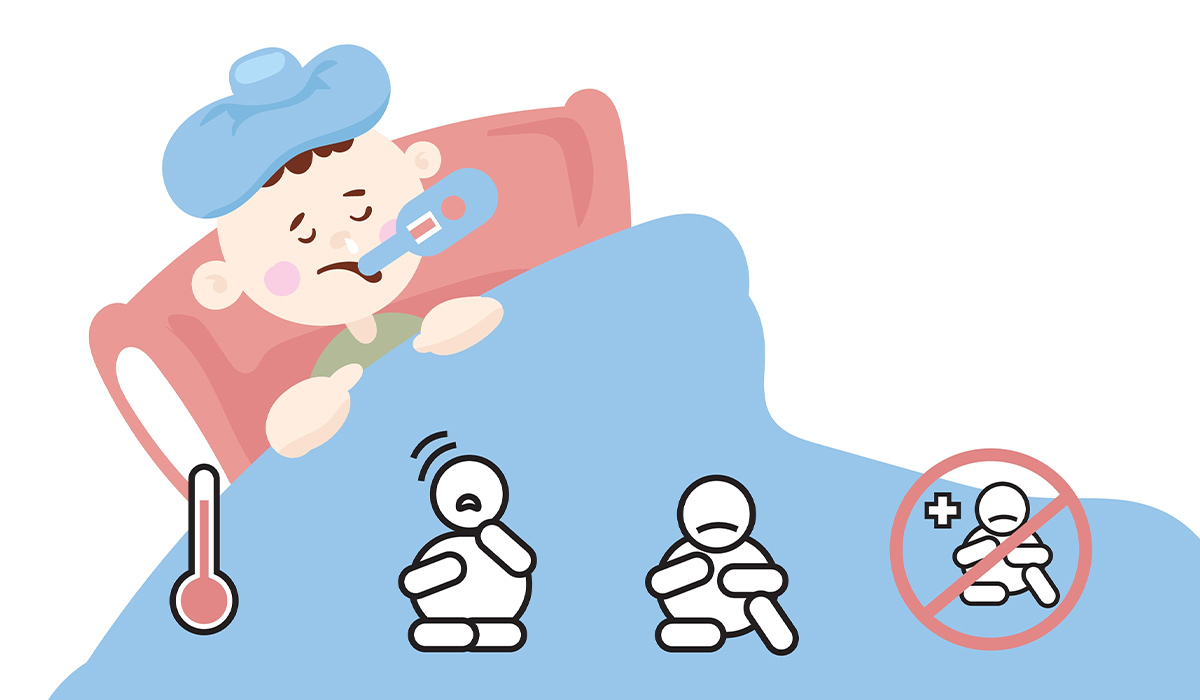
RSV is a virus that causes respiratory infections. It is especially dangerous for for infants and and children under two… read more »
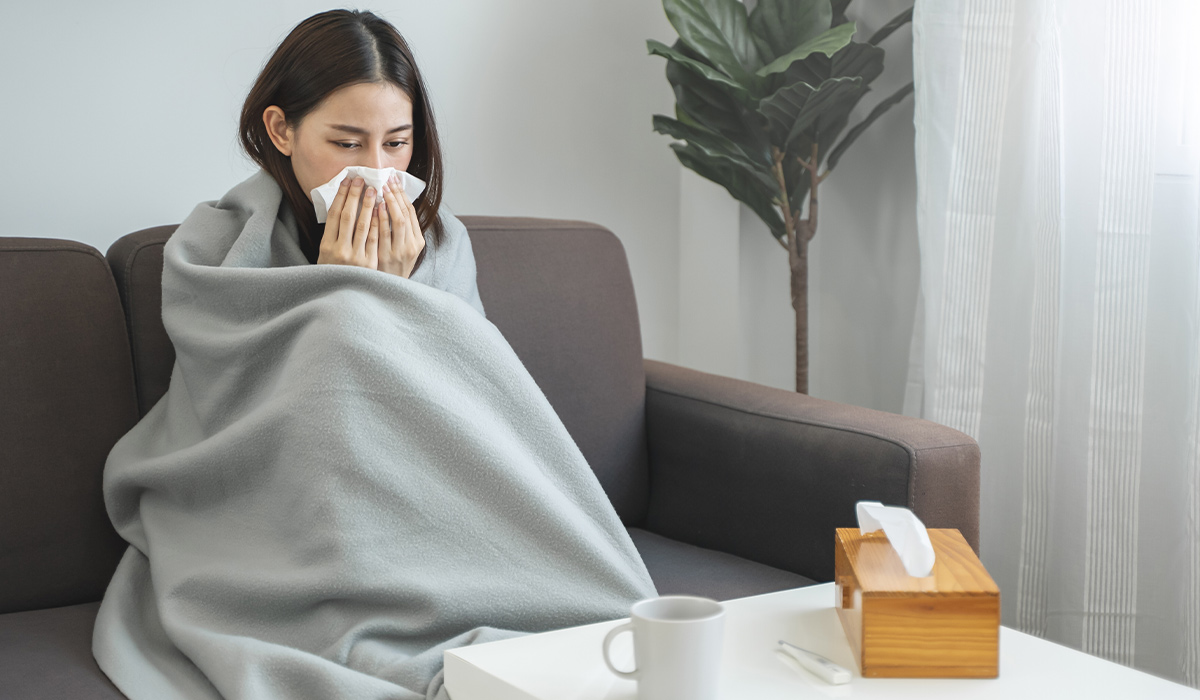
A common cold is a set of symptoms associated with inflammation of the mucous membranes of the nose, throat and… read more »
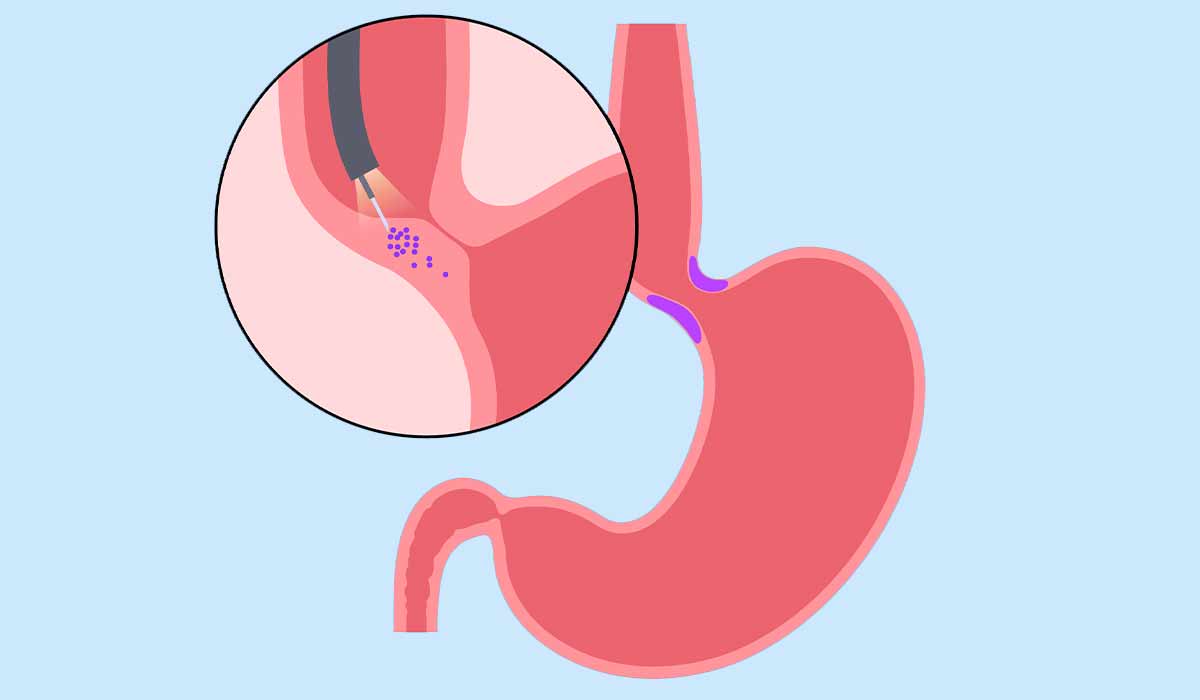
Achalasia is a motor disease of the esophagus. What are the causes and symptoms of achalasia? You can find this… read more »